A sharp, fresh, reassuringly medicinally scented essential oil.
Tea Tree Essential Oil
$6.95 – $110.00
Description
Tea Tree Essential Oil
Our pure Tea Tree Essential Oil is 100% Australian grown and produced.
Botanical name: Melaleuca alternifolia
Ingredients: 100% v/v pure Tea Tree essential oil.
MORE INFO
Directions and More Uses:
Aromatherapy Oil:
2 to 4 drops in an oil burner or vaporiser.
1-4 drops into a bath.
Add to your own skin care products for an anti-bacterial boost.
Blend Tea Tree essential oil with:
Try blending with Blue Cypress, Emerald Cypress, Eucalyptus varieties, Lemon Tea Tree, Niaouli, Nerolina, Rosalina and Sandalwood.
Main Actives of Tea Tree essential oil:
Terpinene-4-ol, alpha-terpineol, gamma-terpinene and para-cymene.
Precautions:
Do not ingest.
Keep out of reach of children.
Store away from direct sunlight and below 30 degrees.
Other Common Names:
Paperbark, Ti Tree, Melaleuca, Melaleuca oil tree.
Natural Occurrence in Australia:
Tea Trees naturally occur in the lowlands and swamps of northern New South Wales and south east Queensland. It is reasonably common and will sometimes be seen growing in pure stands in the wild.
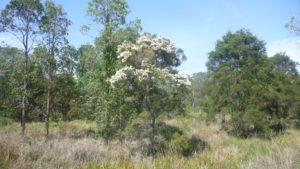
Tea Tree flowering in the wild
Oil Characteristics of Tea Tree Essential Oil:
Clear to pale amber yellow in colour; watery consistency, with a crisp, medicinal scent.
Research:
There have been many studies into the effects of Tea Tree oil. These include work by A.R. Penfold in the 1920’s, Dr Paul Belaiche, Faculty of Medicine at the University of Paris in 1985, and Carson and Riley in 1995, to name a few. All these studies demonstrated Tea Tree’s anti-bacterial prowess.
Extraction and Farming Method:
Tea Tree essential oil is extracted via steam distillation of the leaves and green branchlets. The tree is grown in plantations in northern New South Wales and south east Queensland.
Plantation trees are planted in rows and kept to a maximum height of 4 metres. They are machine harvested and steam distilled immediately to obtain the highest quality Tea Tree essential oil.
History –Tea Tree Essential oil:
Traditional Usage
Indigenous people would traditionally heat rocks in their fires until they got extremely hot. These hot rocks were then place into small pools of water, creating steam. The Tea Tree leaves and branchlets were place into the steaming water vapour and the oil vapour was then inhaled for respiratory conditions.
Leaves and small branchlets were ‘stuck’ onto affected areas of the body with wet mud similar to a compress.
Early European usage
In the early 1900s there were several small-scale distillations plants utilising wild tree populations, particularly around northern New South Wales. When antiseptics were in short supply during World Wars 1 and 2, soldiers were issued with Tea Tree oil as part of their first aid kit.
After World War II, with the development of antibiotics, Tea Tree lost favour.
Present day usage
In the 1970’s interest in Tea Tree oil was restarted by the Dean family, just south of Byron Bay. Tea Tree oil is now known around most of the world. In the 1980’s and 90’s many Tea Tree oil plantations were established in the northern New South Wales region. Essentially Australia prides itself on sourcing its Tea Tree essential oil directly from local northern New South Wales Tea Tree farmers. These farmers have been long involved with the Tea Tree industry and their expertise and quality is second to none, please see our video above.
Typical Chemical Profile of Tea Tree Essential oil (Australian Standard 4941-2001)
alpha-pinene 1-6%
sabinene trace-3.5%
alpha-terpinene 5-13%
limonene 0.5-4%
para-cymene 0.5-12%
1,8 cineole 0-5%
gamma-terpineol 10-28%
terpen-4-ol 30-48%
alpha-terpineol 1.5-8%
aromadendrene trace-7%
delta-cadinene trace-8%
globulol trace-3%
viridiflorol trace-1.5%
Relative Density @ 20 C: 0.860-0.920
Refractive Index @ 20 C: 1.4750-1.4900
Optical Rotation +3.5-+12.0
Additional information
| Weight | .06 kg |
|---|---|
| Dimensions | 2.5 × 2.5 × 7 cm |
| Size | 12ml, 25ml, 100ml, 1kg |
Additional Information
37 reviews for Tea Tree Essential Oil
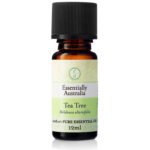 Tea Tree Essential Oil
Tea Tree Essential Oil


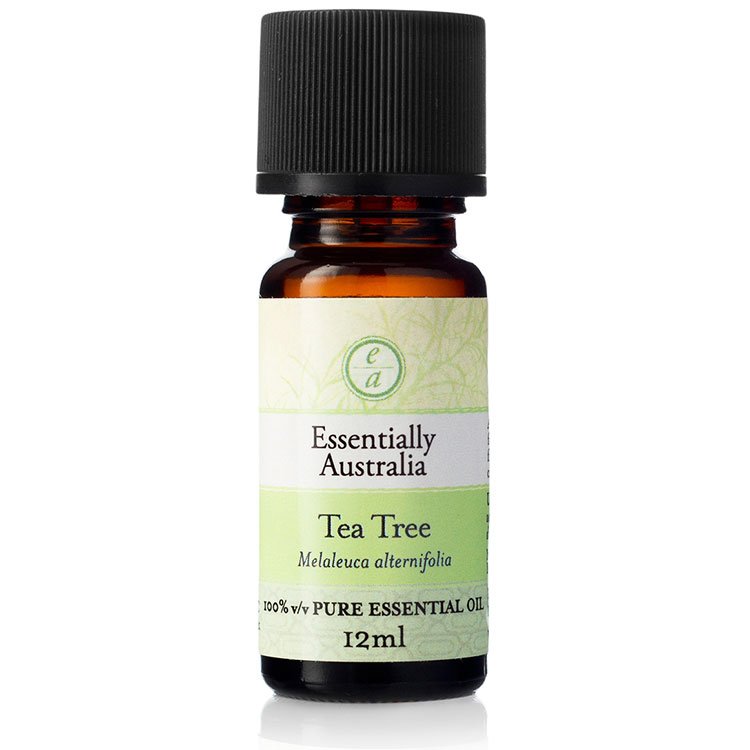
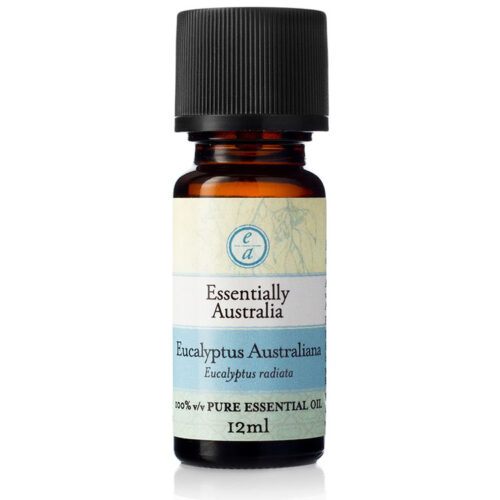
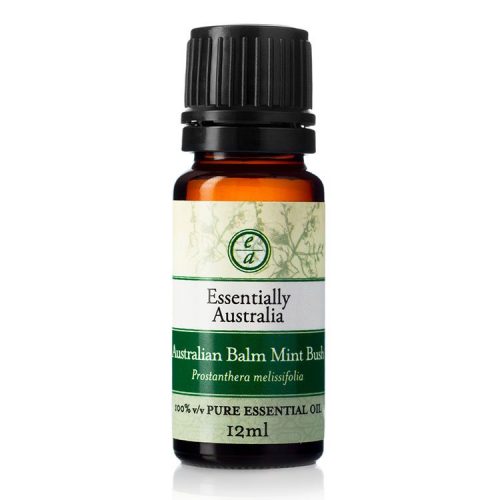
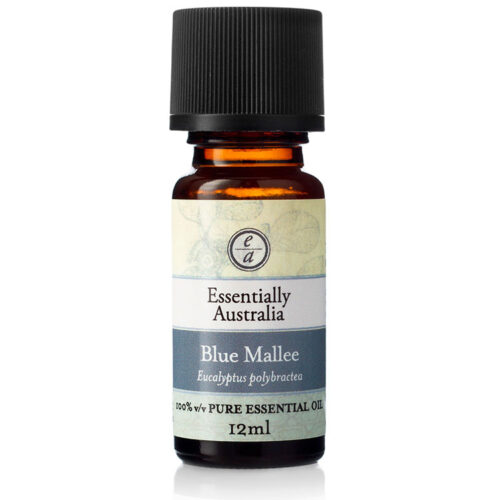
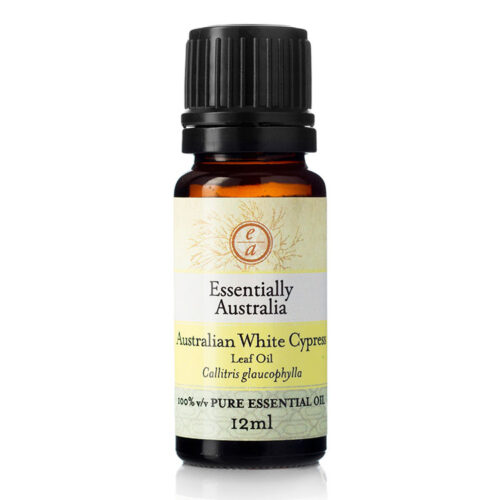
Well rounded beauty of our natural tea tree without the antiseptic overtones.
The best quality I can get hold on.
Fantastic pure essential oil from a great company.